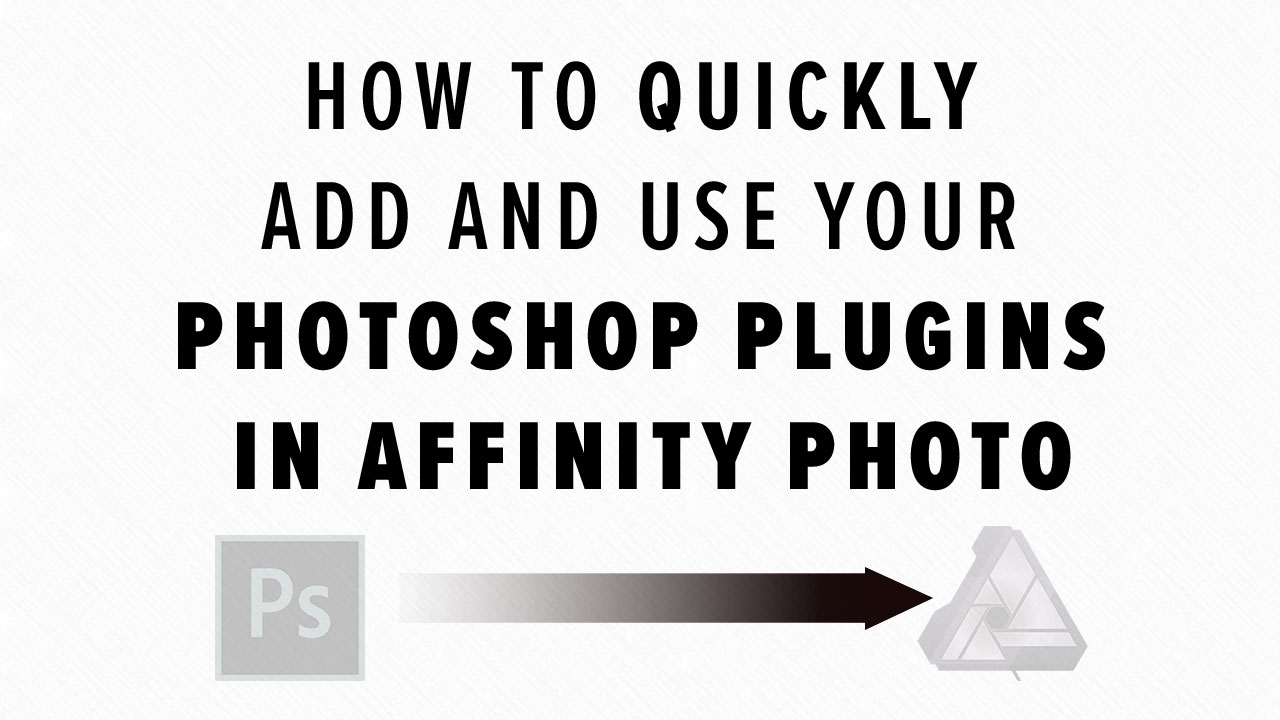
- #Affinity photo remove object from picture how to
- #Affinity photo remove object from picture Patch
- #Affinity photo remove object from picture software
#Affinity photo remove object from picture Patch
Photoshop’s Content-Aware technology has done a better job, but still includes artifacts like a big patch of ground in the middle of the stairs.Īnd now here comes AI to swoop in and make the magic of Content-Aware Fill look like an old parlor trick. Immediately, it's clear to see that Content-Aware Remove didn't even line up the steps, leaving an obvious blemish on the image. Removing people in front of these old stairs is a challenging task for the Content-Aware Remove tool in Lightroom Classic. So, again, large areas to be erased are more difficult, and it can stumble when there are patterns in the filled area. The challenge is that the tool is still sampling pixels from within the image to invent its background, because it doesn’t have any other reference. You’ll also find the same capabilities in standalone apps such as TouchRetouch. Photoshop includes a Content-Aware option in the toolbar for its healing tools. In ON1 Photo RAW the tool is called the Perfect Eraser. Lightroom Classic 12.3 introduced a new Content-Aware Remove mode to its Heal tools, which often does a better job of fixing an area than the Heal tool. In this case it’s not directly lifting patches of pixels from nearby, but instead constructing a replacement based on the colors and tones in that section and elsewhere in the image.
#Affinity photo remove object from picture how to
The technique is similar: you click or drag over the item to remove and the tool intelligently determines how to fill in the area. Now similar technology is found in most editing software. A single click or swipe over an area removed the offending object and filled the gap in a smarter way than the other clone or healing tools. When Adobe previewed Content-Aware Fill in Photoshop CS5, it was magic. Large areas or objects against noticeable patterns aren’t as successful using this technique.


In more complicated situations, since it’s copying and pasting pixels from elsewhere in the image, there’s always the danger that identifiable features get duplicated in a way that makes the repair obvious. This basic Heal tool works well when the spot is not too large and the surrounding area is fairly uniform. The Heal tool removes the bird by copying pixels from a nearby area. In Lightroom Classic, a blurry bird in the sky is distracting. Lightroom Classic includes a Visualize Spots feature that helps you identify areas, like the smudge at the top left, using a high-contrast view of the image.

Here's how it works in Lightroom Classic:
#Affinity photo remove object from picture software
You click or paint over the spot and the software copies nearby pixels to replace it, feathering the area so it blends with the surrounding pixels. Nearly every image editor has some variation of a healing brush or spot healing tool. They often appear in clear skies, and may not even be noticeable until you cycle through multiple images and spy the same darkened spot in each one. The most common problems and usually the easiest to eradicate are smudges or ghosted areas caused by dust on the camera’s sensor or lens. You’ve no doubt seen examples where a quick swipe on a screen cleanly erases photo-bombers or exes.īut do these approaches really work? That depends on what you want to remove, so let’s start small and build up to ever more annoying intrusions, looking at which tools work in those situations. Now, we have plenty of methods to remove distractions: healing tools, content-aware fill, and apps that do it all for us. In days past you’d grab the Clone Stamp tool and wear out your mouse-clicking finger sampling nearby pixels to hide the offending object. Or profanity-inducing sensor dust that appears in every.

Does this sound familiar? After paying meticulous attention to composing and capturing a scene, you open the image later and your eye is drawn immediately to… a discarded wrapper on the ground, or a tourist walking through the scene.


 0 kommentar(er)
0 kommentar(er)
